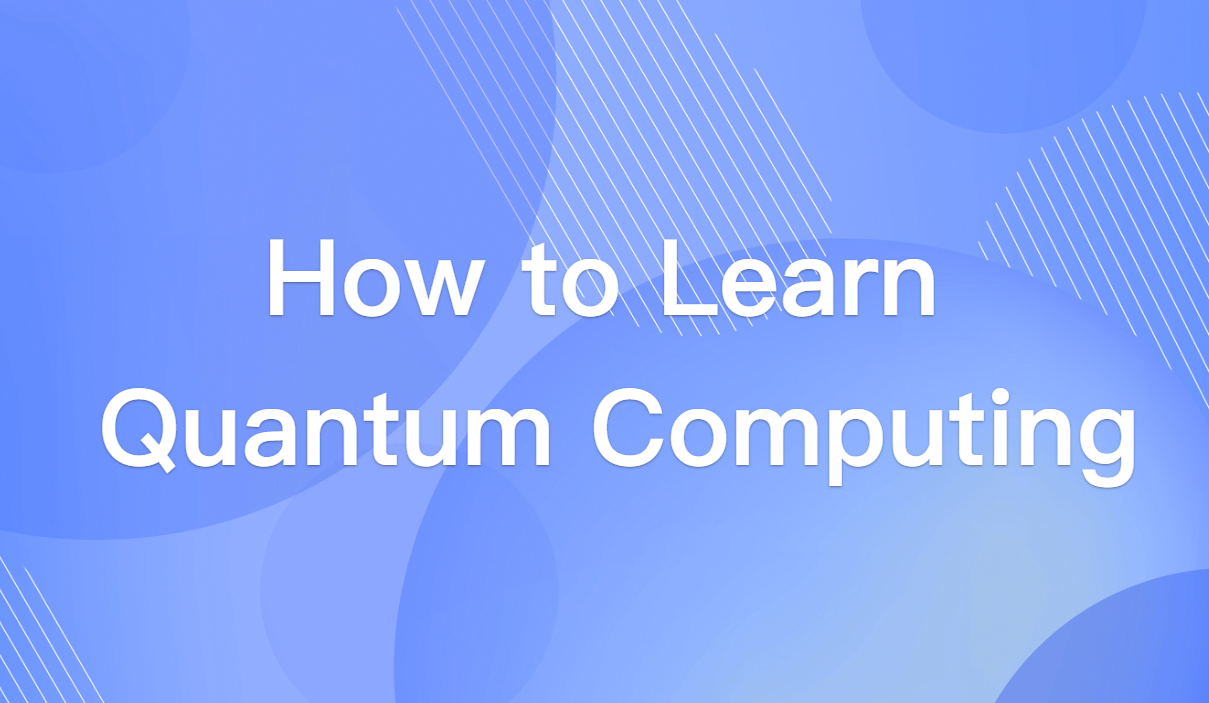How to Learn Quantum Computing — A Practical Beginner's Guide
Quantum computing is moving from theory into practical experiments and cloud-accessible hardware. If you are asking how to get started with quantum computing, this guide explains the core ideas and practical steps in clear, continuous prose aimed at beginners. You will find simple explanations of qubits, superposition, entanglement, quantum gates and quantum algorithms, practical pointers for quantum programming with tools like Origin Quantum, and project ideas to build hands-on experience.

Why does learning quantum computing matter?
Quantum computers offer new ways to approach problems that are hard for classical machines, including certain optimization tasks, chemistry and materials simulation, and problems related to cryptography. Large-scale, fault-tolerant machines are still under development, but cloud quantum processors and high-quality simulators let learners experiment with real quantum behavior today. Learning quantum computing early positions you for research, industry roles that touch quantum-aware software, and an evolving ecosystem of cloud services and tooling.
Key concepts in simple terms
A few core concepts make up the mental model that helps you learn quantum computing. A qubit is the quantum analogue of a bit: instead of being strictly 0 or 1, a qubit can be in a superposition of both. Superposition lets qubits represent combinations of states simultaneously, and entanglement ties two or more qubits together so that measurements of one affect the others. Quantum gates are operations that change qubit states (common examples include Hadamard, Pauli-X and CNOT). Quantum algorithms are sequences of gates arranged to solve tasks such as search, factoring, or variational optimization. These definitions are intentionally concise — once you run small circuits, they become intuitive.
What you need before you start
You do not need a PhD to begin. Helpful prerequisites include basic Python (most beginner tooling is Python-based), elementary linear algebra (vectors, matrices, complex numbers), and a working familiarity with probability. Curiosity and regular practice matter more than formal credentials: many learners start by installing Python, running a few simple examples, and gradually building projects.
Practical Resources for Quantum Computing
Successful beginners combine short theory reads with hands-on coding. Interactive textbooks, SDKs that connect to cloud hardware, and challenge-style exercises are the most effective entry points. Choose a resource that matches your preferred learning style: if you like step-by-step runnable examples, try an interactive textbook; if you prefer exercises, look at problem-driven katas; if you want a full course, consider structured offerings from reputable platforms.
| Resource | Type | Best for | Why it helps |
|---|---|---|---|
| Origin quantum cloud | Python SDK + cloud | Beginners to intermediate | Run real quantum circuits on cloud hardware with extensive tutorials. |
| Qiskit Textbook | Interactive online book | Absolute beginners | Step-by-step lessons with runnable code that teach circuits, gates and basic algorithms. |
| Microsoft Quantum Katas | Coding exercises (Q#) | Problem-solvers | Guided exercises that build quantum programming skills through practical problems. |
| Coursera & edX courses | Structured video + assignments | Learners who want formal guidance | Comprehensive courses with quizzes, projects, and optional certificates. |
How to practice quantum programming
The fastest way to learn is by writing small circuits and running them in simulators or on cloud hardware. For beginners, QPanda is a common choice because it uses Python and provides an accessible path to both simulators and real devices. A typical first program creates a Bell state to demonstrate entanglement: apply a Hadamard gate to one qubit, then a CNOT to entangle it with another, and measure both qubits. Running this on a simulator yields a roughly even split between the outcomes 00 and 11, illustrating the correlated nature of entangled qubits. Building tiny, reproducible notebooks like this turns abstract concepts into concrete experience.
A natural learning flow
Instead of a rigid week-by-week schedule, follow a smooth progression: begin with a short conceptual overview (videos or a textbook chapter), install Python and a quantum SDK, write a first circuit to create and measure a Bell state, explore a few simple algorithms, and submit circuits to cloud quantum hardware to see how noise and real-device behavior differ from ideal simulators. Throughout this flow, join community spaces and keep experimenting — that steady practice and community feedback is what accelerates learning.
Beginner project ideas
Projects turn learning into tangible outcomes. Good starter projects include creating and measuring Bell states to study entanglement statistics, implementing Bernstein–Vazirani to see how quantum queries differ from classical ones, simulating device noise to understand limitations of current hardware, building a small Bloch sphere visualization tool, or trying a simple variational circuit to explore hybrid quantum-classical optimization. Each project sharpens both theoretical understanding and practical skills.
Tips to make learning stick
Practice actively by coding circuits regularly, use spaced repetition or short notes to retain definitions, and prefer projects that you can finish and share. Mix short theory reading with immediate hands-on experiments so concepts are reinforced by doing. Engage with online communities and read other learners' notebooks to discover approaches and common pitfalls.
Final thoughts
Quantum computing can seem intimidating at first, but with free cloud tools, interactive textbooks and community support it is highly accessible. Focus on core concepts, write small circuits, and gradually expand your projects. Over time you will build a strong foundation in an exciting, fast-evolving field.